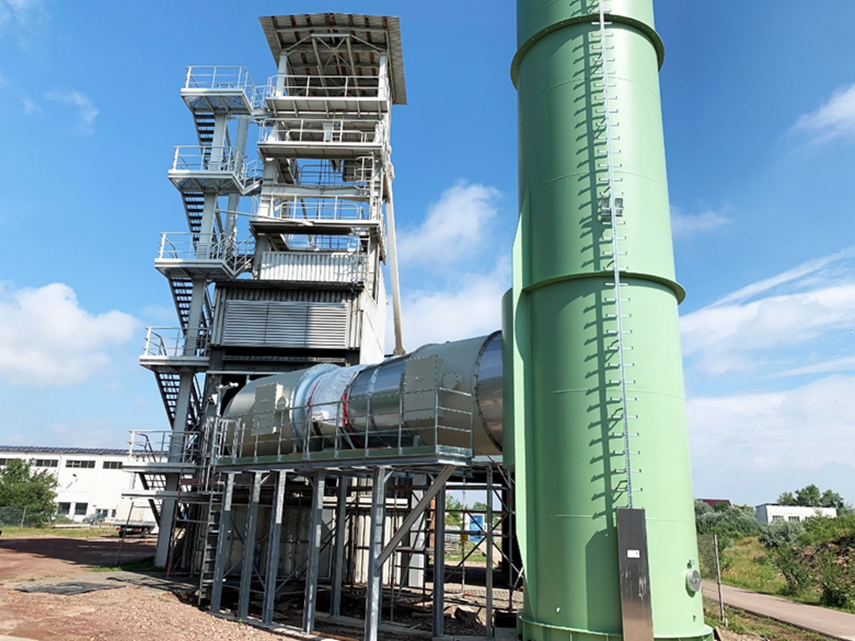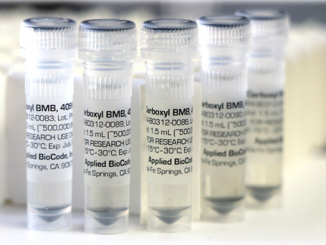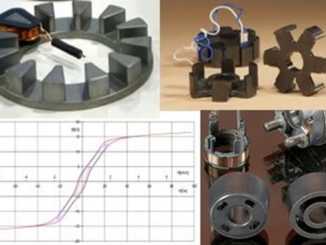
Focusing intense beams of light for scientific research can require powerful, highly-engineered containment magnets and one of the biggest such projects is underway at the Lawrence Berkeley National Laboratory in California. The magnets are being designed and built by Sigmaphi Accelerator Technologies in Vannes, France which also provides specialized magnets for medical purposes.
Fitting the new magnets into the Advanced Light Source building at LBNL is a delicate part of the upgrade project, known as ALS-U, to add two new particle accelerator rings within the footprint of the lab’s iconic circular building.
“The biggest challenge for ALS-U is space,” said Daniela Leitner, who leads the removal and installation team at ALS for the project. “We are literally measuring whether we can put a hand into a particular area.” Many elements in the accelerator tunnel can’t be moved, including the new accumulator ring that will run along the inner tunnel wall. Experts have used extensive modeling and simulations to make sure that the current storage ring can be safely removed along designated access paths and replaced with the new rafts of magnets.
Sigmaphi was selected to provide 17 magnets for the project. They consist of 6 dipoles and 11 quadrupoles, plus 3 dipole injection kickers for the accumulator ring. The company reports that it will make stretch wire measurements with its magnetic test bench on a dipole and will fabricate two quadrupoles in C-shape.
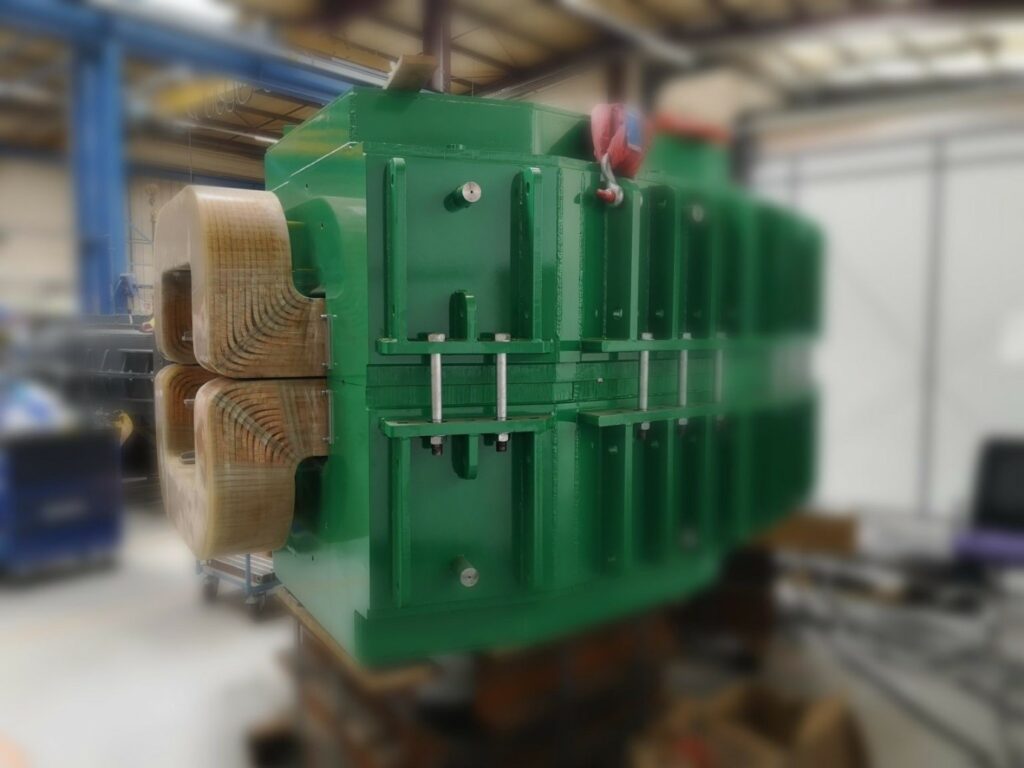
The project is one of many that the Vannes-based company has been called upon as a provider of scientific and laboratory magnets over its 40-year history. In another recent project, for example, it was engaged to build a particle therapy dipole magnet for MedAustran, a renowned cancer research and treatment center located south of Vienna in Austria that provides ion beam therapy, also known as proton therapy. It is unique in Austria and only one of a half-dozen such facilities in the world. Ion beam or particle therapy is extremely precise for cancer treatment with the advantage of reducing the risk of side effects and long-term side effects.

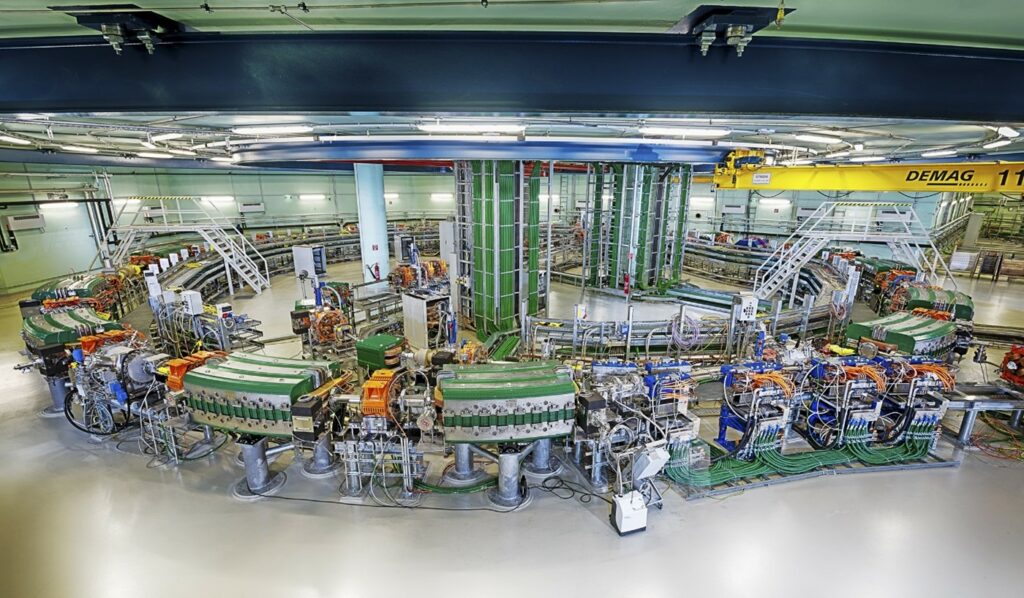
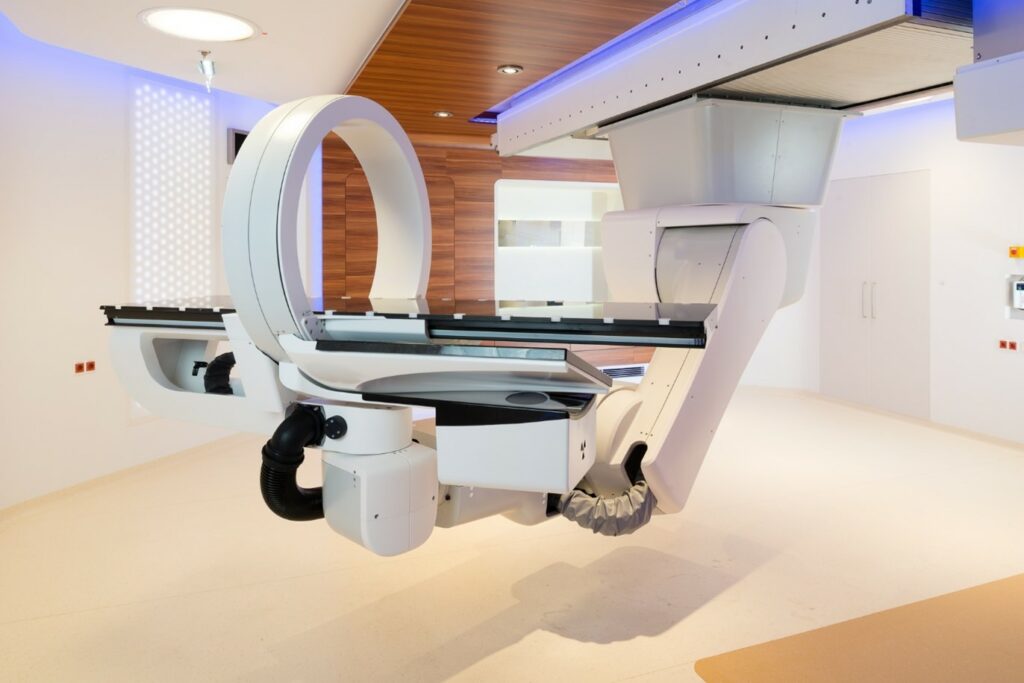
ALS-U project overview
The project will endow ALS with revolutionary x-ray capabilities. ALS has been a leader in soft x-ray science for more than two decades. Recent accelerator physics breakthroughs now enable the production of highly focused beams of soft x-ray light that are at least 100 times brighter than those of the existing ALS. Applying this technology will help scientists using the facility to better understand and develop the new materials and chemical systems needed to advance energy, economic and national security needs in the 21st century, securing the United States’ world scientific leadership for decades to come, says LBNL.
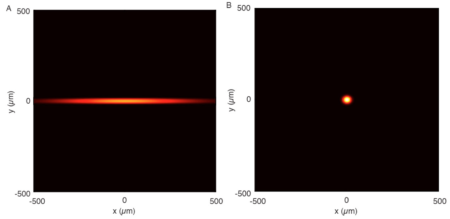
The improved capabilities of the upgraded ALS will enable transformative science that cannot be performed on any existing or planned light source in the world. This new science includes 3D imaging with nanometer-scale spatial resolution and measurement of spontaneous nanoscale processes with time scales extending from minutes to nanoseconds—all with sensitivity to chemical, electronic, and magnetic properties. Moreover, the beam’s high coherence will enable new classes of optical techniques that will provide the groundbreaking sensitivity and precision needed to detect the faintest traces of elements and subtle electrochemical interactions on the scale of nanometers. The upgraded ALS is designed to be unsurpassed by any currently envisioned technology and will enable world leading soft x-ray science for years to come.
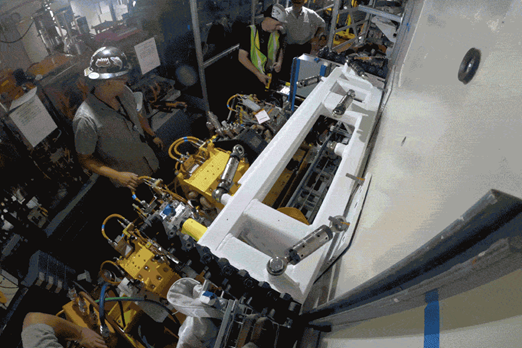
At Sigmaphi, the capabilities include an array of magnetic technologies including resistive magnets, permanent magnets, superconducting magnets, beamlines, essentially any system able to deviate particles. They range in size from 1kg to 100 tons. For more info, see www.sigmaphi.fr, www.als.lbl.gov,
and www.medaustron.at.

